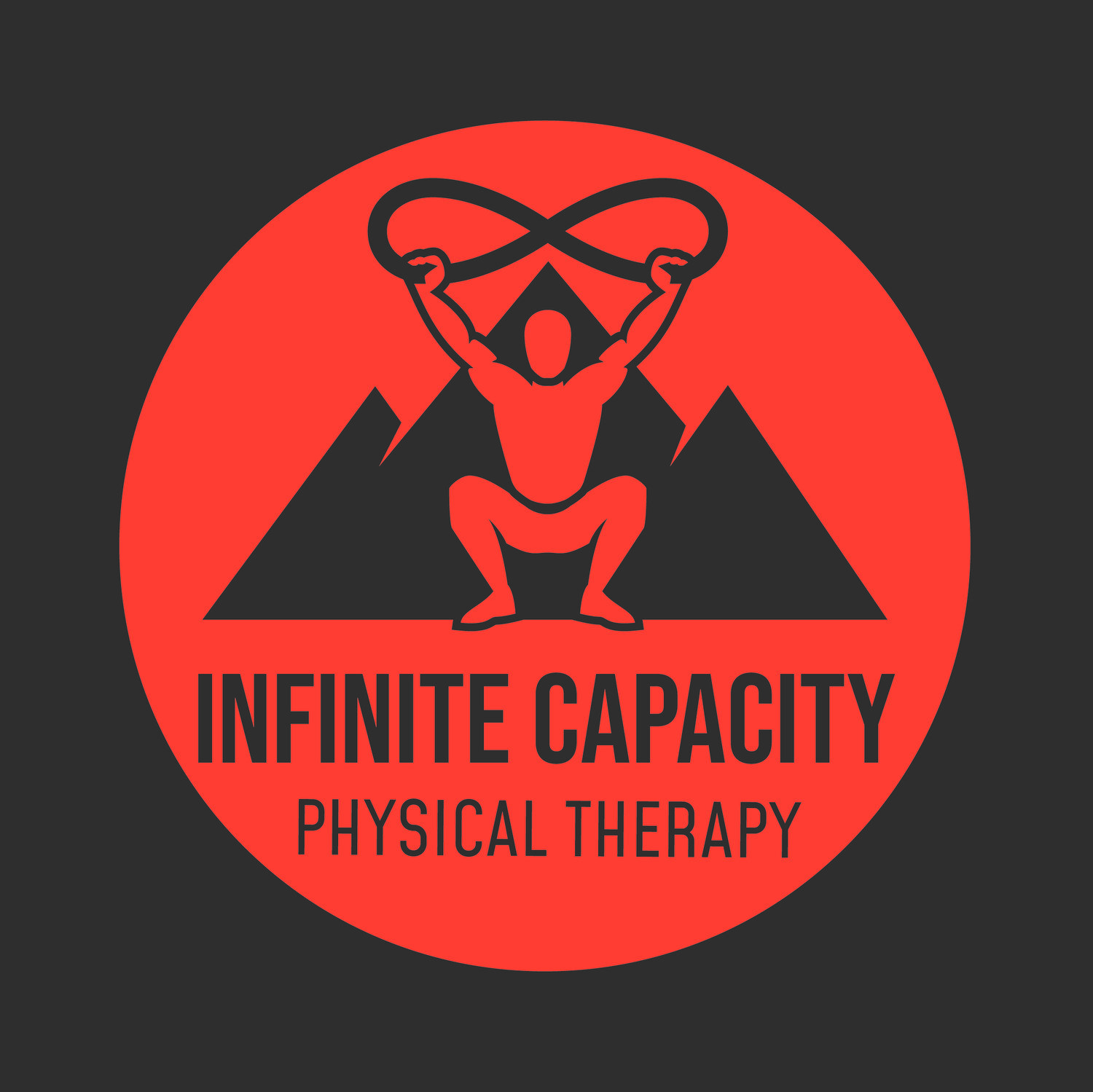Pitching Mechanics 101
By Dr. Nick Whittaker PT, DPT, CSCS
What are the different phases of the pitching motion and what is the significance of each in terms of improving performance and minimizing injury risk? For the first part of this two piece series, I’m going to address the first portion of the question.
According to Gary Calabrese from his article “Pitching Mechanics Revisited,” “Pitching mechanics can be described as a coordinated sequence of body movements and muscular forces that have an ultimate goal of high ball velocity and target accuracy.” He continues with, “There are six widely accepted phases for the pitching motion, which include: the wind‐up, stride (early cocking), late cocking, acceleration, deceleration, and follow through. Each phase is built by a subset of specific coordinated movements that must follow order and precision to create a high-quality pitch.” (1)
The wind-up is where the leg kick and initial movement towards home plate occurs. It requires strong balance, correct loading of the posterior chain, and initiating displacement of the center of mass down the mound towards home plate. This phase has low muscle activity rendering it more passive, but if not done correctly it will throw the rest of the motion out of sync.
Stride, or early cocking, is the period between maximum height of the leg kick to foot strike. This phase is were ~50% of the velocity is generated 1 , and it includes hand break, displacement of center of mass, and foot strike. The primary goal of this phase is to move the body’s center of mass as quickly and as far down the mound as possible to produce massive ground reaction forces at foot strike.
Late cocking is the portion between foot strike and end range external rotation of the throwing shoulder. This phase is responsible for transferring the ground reaction forces created at foot strike, up through the trunk and to the shoulder. This is where hip-shoulder separation, trunk rotation, and maintaining connected upper extremities are vital to maintaining and maximizing the ground reaction forces. This is a common area to see huge energy leaks and mechanical faults that result in injury and poor performance.
Acceleration occurs from maximal shoulder external rotation (or lay back) to ball release. This is widely regarded as the fastest human motion seen in sports. A high-level pitching motion will see less biceps and rotator cuff muscle activity. This being a result of successfully creating velocity from leg and trunk activity and efficiently transferring through the arm. Inefficient patterns show high levels of biceps and rotator cuff activity due to poor production/transfer of energy to the arm, thus rendering the pitcher to use the smaller upper extremity muscles to generate their velocity.
The deceleration/follow through phase happens at ball release through maximal shoulder internal rotation and horizontal abduction. This phase is all about how quickly and efficiently the arm can slow down following ball release, and is often over looked but is incredibly important, otherwise shoulders would be flying out of sockets. Efficient decal is significant in decreasing injury risk and improving performance as one can only throw as hard as they can decelerate their arm.
This is a basic rundown of the pitching motion. In future posts, I will dive more in-depth with each phase to discuss the more intricate pieces of each and how they pertain to performance and injury risk, as well as training/rehab strategies to address each.
Reference
1 Calabrese GJ. Pitching mechanics, revisited. Int J Sports Phys Ther. 2013 Oct;8(5):652-60. PMID:
24175144; PMCID: PMC3811736.



